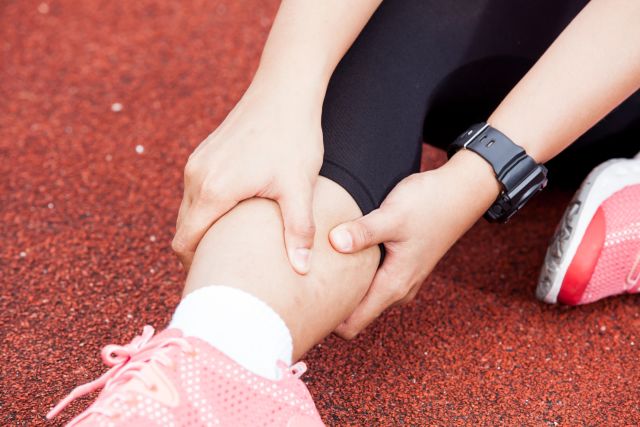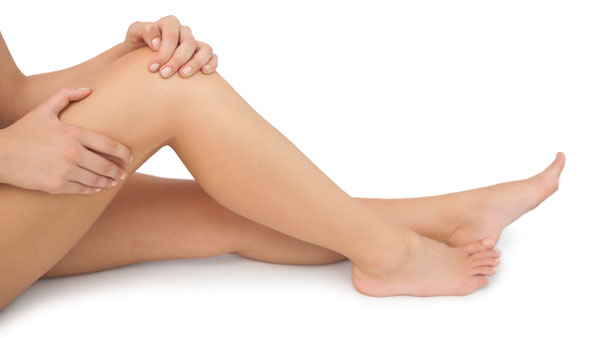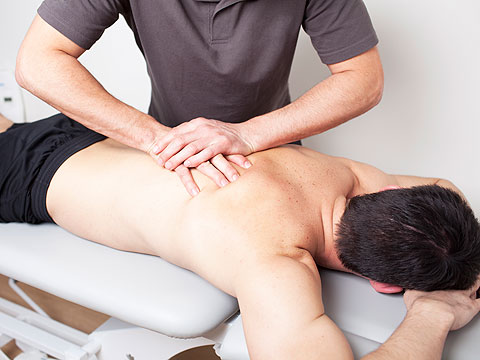Ouch! Wowee zowee, that hurts! You overdid it. We've all been there, done that. But how do you know whether it's something serious? Should you get help from a doc, or simply accept some pampering from the other inhabitants of your household? Here are three ways to tell:
- You have significant pain or swelling. With a soft-tissue injury, such as a sprain, strain, or bruise, some minor pain and swelling is to be expected. But if you are experiencing anything more than minor swelling and minor discomfort, see your doctor. Pain that makes it hard to concentrate, sleep, or engage in your normal routine is not something you should just live with. In fact, getting treated early returns you to work early. And, conversely, studies show that being pampered by your spouse means you'll suffer longer (really!).
- You aren't able to put any weight on the injured area. If you can't put weight on an injured area, if your limb buckles when you try to use the joint, if it hurts just to get up and walk, or if you have numbness in the affected area, see your doctor. You could have a broken bone or a tendon or ligament tear severe enough to require prescription medication, a cast or brace, a doctor-prescribed program of physical therapy, or possibly even surgery to repair it properly. In fact, early treatment or casting may be a key to avoiding surgery. Find out the difference between ligaments and tendons.
- You aren't able to use or move the affected muscle or joint. If swelling, pain, weakness, or numbness has made the affected area unusable as anything other than a clothes rack, it could be a sign that you've experienced something much more significant than a minor sprain or strain. So if you have any doubt whatsoever about the seriousness of your injury, play it safe. Call your doctor, and stay in her waiting room until she'll see you.
Signs of something serious
Generally, you can self-treat minor sprains or strains. But on those rare—and more painful—occasions when you've injured yourself beyond the help of ice packs and over-the-counter ibuprofen, it's important to see a medical professional as soon as possible to assess the injury and get an appropriate treatment plan. Get step-by-step tips for self-treating a sprain or strain.
If you experience additional symptoms, such as lumps and bumps (not swelling) on the injured area, severe pain when walking more than a few steps, numbness in the injured area, redness or streaks coming out from the injured area, or pain and inflammation on a bony part of the foot, seek medical attention right away. Don't wait for an appointment.
The road back
Once you've been assessed and treated properly, give yourself plenty of time to heal before you get back in the game. Trying to return to your activities before you've healed may up your odds of reinjuring the area. Your doctor can let you know when to ease back into physical activity and how to do it safely. And ask your doctor or physical therapist to suggest activities you can do in the meantime that won't put undue stress on your injury.






